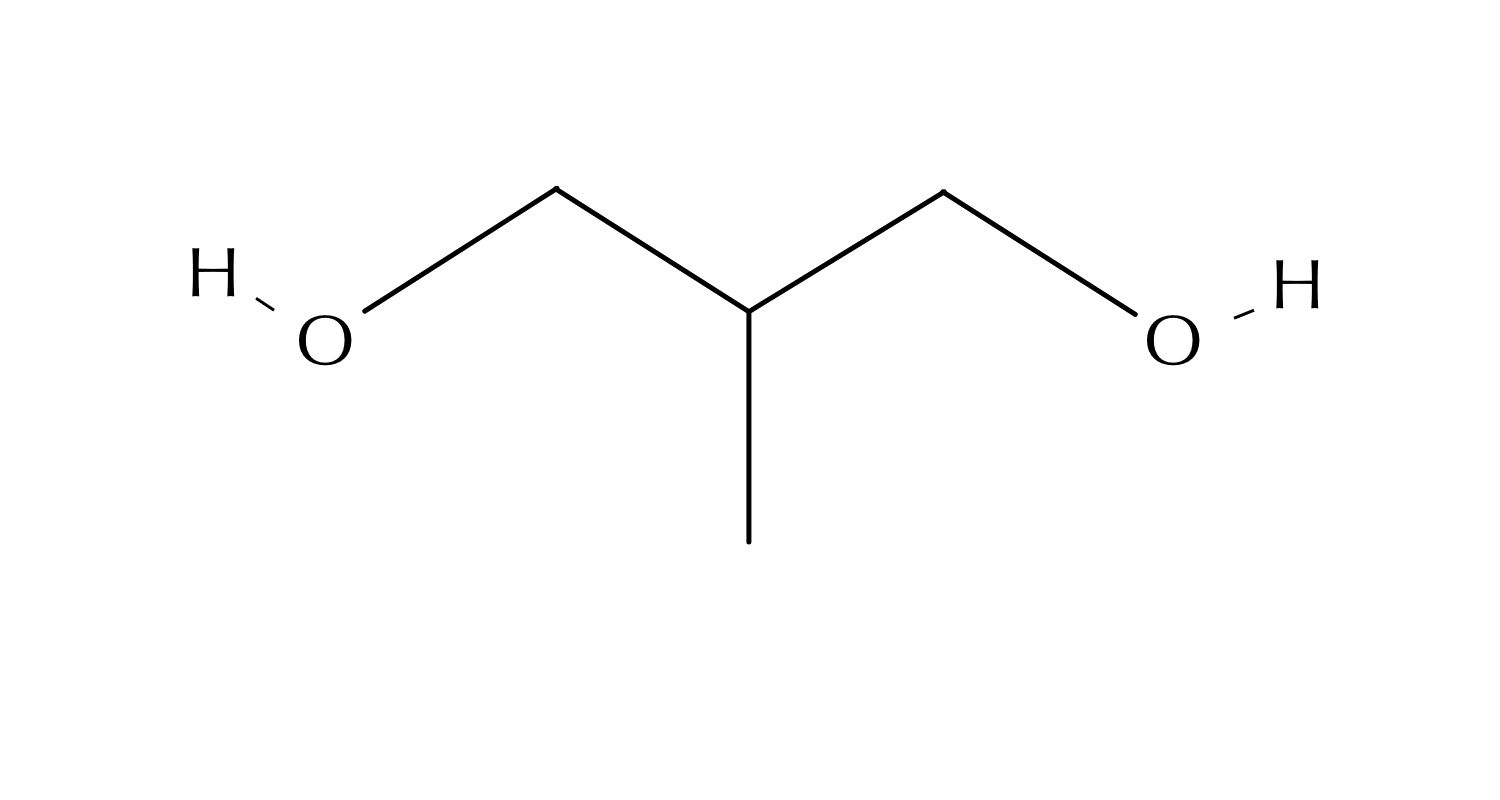What Is Methylpropanediol?
Methylpropanediol is a skincare and cosmetic ingredient that is used as a solvent and to enhance the absorption of ingredients such as salicylic acid. Methylpropanediol also has the added benefit of hydrating the skin, leaving the skin looking hydrated, dewy, and smooth.
Methylpropanediol is part of a group of compounds called alkane diols and includes ingredients such as butyl ethyl propanediol, decanediol, and butanediol. Generally, alkane diols are water-soluble, except for the larger molecule, and come in a liquid or crystal form.
Methylpropanediol is often used as it provides hydration without leaving the skin tacky or sticky. It also has antimicrobial benefits which boost preservatives and allows for fewer and less preservatives to be used.

Methylpropanediol
the good: Acts mainly as a solvent, allowing key ingredients to be dissolved. It also helps to improve hydration and help preserve the formulation, ensuring its safety and longevity.
the not so good: Like any ingredient, it can be irritating to some skin types.
Who is it for? All skin types except those that have an identified allergy to it.
Synergetic ingredients: Works well with most ingredients.
Keep an eye on: Nothing to keep an eye on here.
Why is Methylpropanediol Used?
Solvent
Methylpropanediol’s main use is as a solvent in skincare and cosmetic formulations. Solvents are ingredients that are used to dissolve other ingredients into water, oil, alcohol, or silicone bases. Solvents, like methylpropanediol, allow other ingredients to be distributed evenly throughout the formulation so that the benefits are spread evenly across the skin when used.
Absorption
Methylpropanediol has also been found to help the penetration of some ingredients such as salicylic acid. This may help to improve the efficacy of specific ingredients and help deliver the ingredients deeper into the skin.
Hydration
Methypropanediol also has mild hydrating properties to the skin. Hydration is a key part of healthy skin. As we age the skin loses the ability to hold water-based moisture on its own, making it prone to transepidermal water loss or TEWL. TEWL refers to water loss from the skin to the air in the form of vapor. TEWL often occurs in dry environments, in damaged or dry skin, or as we age.
Antimicrobial
Preservatives, despite the bad reputation they have received recently, are one of the most important parts of the formulation process. Preservatives prevent the growth of bacteria, molds and yeast in the product. This allows the product to remain safe during use and improves the longevity of the product. Often contamination can occur through using our fingers to scoop product and leaving the product exposed to air.
Methylpropanediol helps to boost the preservative action of other preservatives that are used in the product. This may allow for fewer preservatives to be used as well as less preservatives. This can be good for sensitive skin types as some preservatives can be irritating to the skin.
Is Methylpropanediol Safe?
The Cosmetic Ingredient Review Expert Panel, a group responsible for evaluating the safety of skincare and cosmetic ingredients has evaluated methylpropanediol along with a number of other alkane diols. The Expert Panel found that methylpropanediol did not cause irritation or sensitivity. It is also not known to be a toxin. Methylpropanediol is considered a safe ingredient and has no adverse side effects or warnings associated with its use.
The Expert Panel’s research suggests that methylpropanediol’s safety level is 99%. However, any ingredient that increases the absorption of other skincare ingredients should be formulated carefully and by a professional as the increased absorption may increase the likelihood of other ingredients being absorbed into the body.







